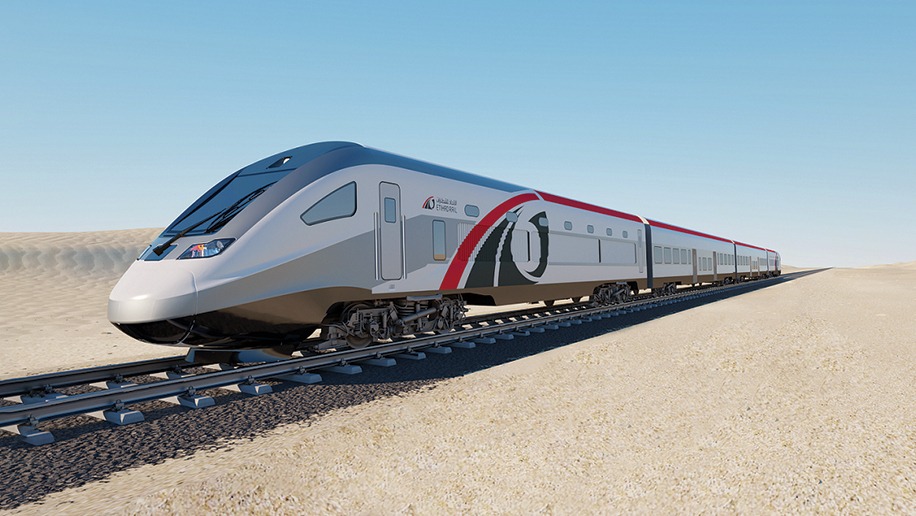The Gulf Railway project, a monumental infrastructure initiative, was first proposed during the 2009 GCC Summit held in Bahrain. The idea was to create a network linking the six member states of the Gulf Cooperation Council (GCC) — Saudi Arabia, Kuwait, Bahrain, Qatar, the United Arab Emirates (UAE), and Oman.
This ambitious project aims to enhance inter-GCC trade, facilitate the movement of citizens, and support joint enterprises, contributing significantly to economic integration and sustainable development in the region.
The Need for a Railway to Connect the Middle East
The Middle East, particularly the GCC region, has long needed an efficient, modern transportation network. The Gulf Railway addresses several critical needs: it will boost regional commerce by connecting major cities across the GCC, enabling smoother and faster transportation of goods and people.
The railway also promises to reduce road traffic, thereby decreasing fuel consumption and emissions, aligning with global sustainability goals. With fewer trucks and cars on the roads, maintenance costs for highways will decrease significantly.
The construction and operation of the railway are expected to create numerous jobs across the member states, and new urban areas are likely to develop around the railway network, further boosting economic growth.
Project Length, Speed, and Key Stations
The Gulf Railway will stretch over 2,117 kilometers, connecting key cities across the GCC: from Kuwait to Dammam in Saudi Arabia, then to Bahrain via a bridge, to Qatar, and extending from Saudi Arabia to the UAE (Abu Dhabi and Al-Ain) and Oman (Muscat).
The trains are designed to run at speeds of up to 200 kilometers per hour, ensuring fast and efficient travel. For instance, the high-speed train between Kuwait and Riyadh will cover the distance in approximately two and a half hours.
This speed and connectivity will significantly reduce travel time and enhance the convenience of cross-border travel within the GCC.
Current Status: Progress and Challenges
As of now, the Gulf Railway project is slated to be operational by December 2030. Each GCC member state is at different stages of development: the UAE has made the most progress, completing the railway segment up to the Saudi border, and the Al-Hafeet Rail project, connecting Abu Dhabi to Oman, is also underway.
Kuwait’s section, from Al-Nuwaiseeb to Al-Shedadiah, is in the planning phase, with the Public Authority for Roads and Transportation (PART) overseeing the project. Saudi Arabia is working on connecting Riyadh with Kuwait, and feasibility studies and initial agreements are already in place.
Qatar has completed the designs for its section, and Bahrain is planning to build its segment on a bridge connecting to Saudi Arabia. The project faced setbacks, notably a significant delay due to the 2014 plunge in oil prices.
However, renewed commitments were made in 2021 at the AlUla meeting in Saudi Arabia, breathing new life into the initiative. The GCC countries are now gearing up to award contracts worth $167 billion for the railway’s construction.
A Vision for the Future
The Gulf Railway project symbolizes a new era of connectivity and economic collaboration for the GCC region. Despite the challenges and delays, the commitment to completing this transformative network remains strong.
By 2030, the Gulf Railway is expected to enhance regional integration and pave the way for a more sustainable and connected future for the Middle East.
WE SAID THIS: Don’t Miss…Cinematic Delights: Your Ultimate Guide To The Eid Al Adha Movie Lineup



